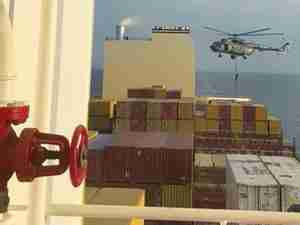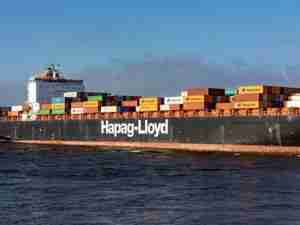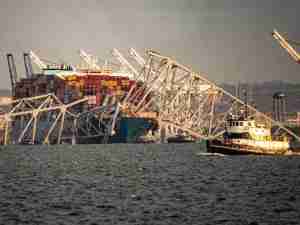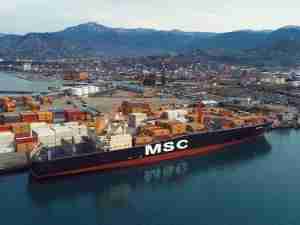Singapore's benchmark bunker price reached 2-1/2 year high this week at $690 per tonne compared to around $480 this time last year, spurred by higher fuel prices. Bunker prices can make up between 10 to 70 percent of operating costs depending on the type of vessel.
"I think China Shipping Container Lines and Cosco Shipping , which are more spot market oriented, will take it more on the chin," said Janet Lewis, a shipping analyst at Macquarie Securities.
Maersk's intra-Asia container line subsidiary, MCC Transport, said it was also struggling with rising bunker fuel prices.
"I'm afraid the oil price will make it very, very difficult for intra-Asia carriers to continue sailing the amount of services they are doing today, including ourselves, unless the customers start paying some more for moving a container," said Tim Wickmann, chief executive of the Singapore-based MCC.
Oil prices have jumped about 24 percent in the past three months and reached around $127 a barrel on Monday, their highest in over 2-1/2 years, triggered by supply worries stemming from tensions in the Middle East.
"If the oil price continues rising and I can't get the freight rates up, well then 2011 will be a very difficult year for us," Wickmann said at an industry conference in Singapore.
Passing on Costs
Others have had more success in passing on high bunker costs to their customers through variable freight rates linked to the movement of fuel prices.
"The most important thing is to keep all container rates negotiated with a bunker adjustment factor clause," Kenichi Kuroya, Chief Executive of Japan's third largest shipping firm Kawasaki Kisen Kaisha , told Reuters.
"This is the only way to protect and share the cost with the shipper and shipping lines. A bunker rate above $600 is unacceptable," he added.
Kawasaki Kisen has been able to pass on about 65 percent of the bunker price to its customers, but wants to increase that portion to a minimum of 75 percent this year.
Orient Overseas International and Neptune Orient Lines have also been able to limit their exposure to bunker fuel prices because of their long-term contracts with customers, Macquarie's Lewis said.
Some companies have also placed more of their fleets into slow steaming , which helps limit bunker fuel consumption.
"At 17 knots, you are consuming about 60 tonnes of bunker fuel. If you go up to 21 knots, you go up to 130 tonnes," said John Lines, managing director and CEO of ANL Container Line, a unit of French container shipping group CMA CGM.
"You can see why they have added additional ships to reduce the amount of bunker consumed." (Reuters)









